Australians: Flappers to Vietnam
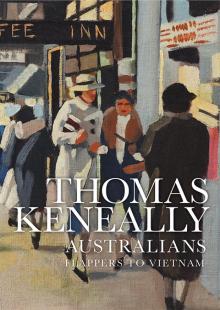

Author: Thomas Keneally
Category: Literature
Published: 2014
Series: Australians
View: 351
Read OnlineThe outstanding final volume of acclaimed author Thomas Keneally's major new three-volume history takes up the story of Australia at the end of the Great War and explores its development as a nation during the tumultuous 20th century
Australia emerged from World War I into a decade of profound change, characterized by a revolution in behavior among the young; by the first great age of consumerism; by the new and increasingly sophisticated impact of the movies; by secret right wing armies and the emergence of the Communist Party; and by two less remembered and very interesting PMs, the handsome, somber Stanley Melbourne Bruce of the Melbourne Establishment, and Jim Scullin, unpretentious Labor man of humbler Irish parentage. As in the two previous volumes, Keneally brings history to vivid and pulsating life as he traces the lives and the deeds of Australians known and unknown. As another war grew closer he follows the famous and the infamous through the Great Crash and the rise of Fascism, and explains how Australia was inexorably drawn into a war which led her forces into combat throughout Asia, Africa, Europe, and the Pacific. At home an atmosphere of fear grew with the fall of Singapore and the bombing of Darwin, the Japanese advance and then the American Alliance and the arrival of General MacArthur. Peace brought its own problems with the Depression that left one third of Australians unemployed. Keneally believes too that the 1950s are misunderstood—depicted by some as an age of full employment, by others as the age of suburban spread and boredom under the serene prime ministership of Robert Menzies. But Menzies was complicated and so were the 1950s. The result of masterly writing and exhaustive research is a volume which brings Australia's more recent history to vibrant life.
Australia emerged from World War I into a decade of profound change, characterized by a revolution in behavior among the young; by the first great age of consumerism; by the new and increasingly sophisticated impact of the movies; by secret right wing armies and the emergence of the Communist Party; and by two less remembered and very interesting PMs, the handsome, somber Stanley Melbourne Bruce of the Melbourne Establishment, and Jim Scullin, unpretentious Labor man of humbler Irish parentage. As in the two previous volumes, Keneally brings history to vivid and pulsating life as he traces the lives and the deeds of Australians known and unknown. As another war grew closer he follows the famous and the infamous through the Great Crash and the rise of Fascism, and explains how Australia was inexorably drawn into a war which led her forces into combat throughout Asia, Africa, Europe, and the Pacific. At home an atmosphere of fear grew with the fall of Singapore and the bombing of Darwin, the Japanese advance and then the American Alliance and the arrival of General MacArthur. Peace brought its own problems with the Depression that left one third of Australians unemployed. Keneally believes too that the 1950s are misunderstood—depicted by some as an age of full employment, by others as the age of suburban spread and boredom under the serene prime ministership of Robert Menzies. But Menzies was complicated and so were the 1950s. The result of masterly writing and exhaustive research is a volume which brings Australia's more recent history to vibrant life.
 Odessa Sea
Odessa Sea By Invitation Only
By Invitation Only The Borrowers Aloft
The Borrowers Aloft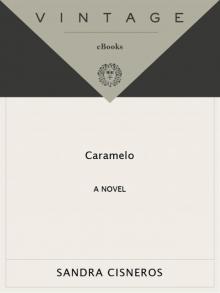 Caramelo
Caramelo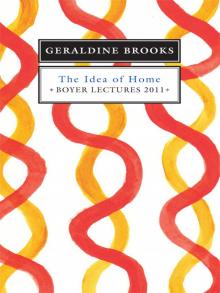 The Idea of Home
The Idea of Home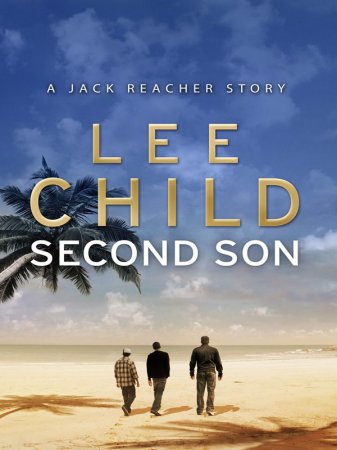 Second Son
Second Son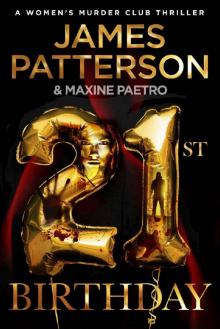 21st Birthday (Women's Murder Club)
21st Birthday (Women's Murder Club)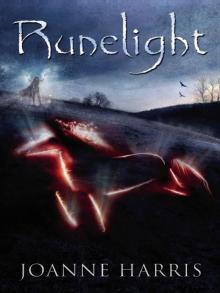 Runelight
Runelight